Blood Donation
Voluntary blood donors are the cornerstone of a safe and adequate supply of blood and blood products. The demand for blood and blood products has steadily increased every year. Unfortunately, the supply of blood lags far behind the demand. The annual requirement of blood in India is around 26.2 million units. The gap between supply and demand is around 13 million units/year. The main reason behind this shortage is lack of awareness regarding blood donation.
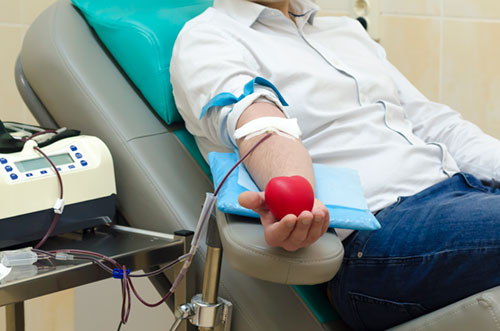
History of Blood Donation and Transfusion
The history of blood donation and transfusion is fascinating. Today we have 100% safe blood donation system for donors as well as a 100% safe transfusion system for patients. History tells us lots of hurdles during the transition process. I have shared some images below for easy understanding. Initially, blood is transfused directly from human to human without any storage medium, then blood was stored in bottles with anticoagulant solution (keeps blood in liquid state) and now we have PVC lined blood bags with anticoagulants to store blood units for longer time and also helps in component therapy (whole blood donated is separated into components namely red cells, plasma and platelets).
Image 1: Old age blood storage devices and equipment used for blood transfusion.
Blundell’s apparatus – used for the irst human-to-human blood transfusion.
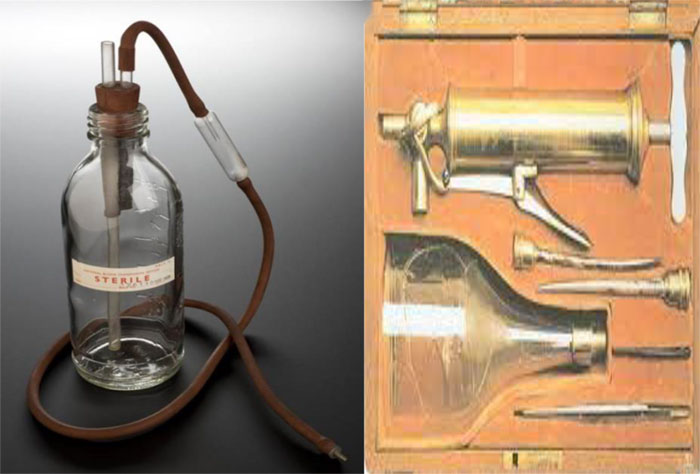
Image 2: British portable blood transfusion kit used during world war.
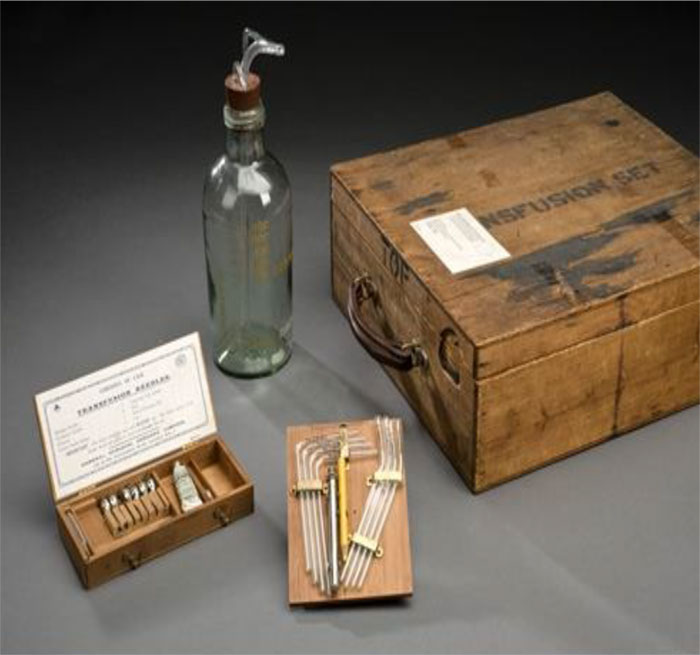
Image 3: Modern age blood bags and equipment for apheresis.
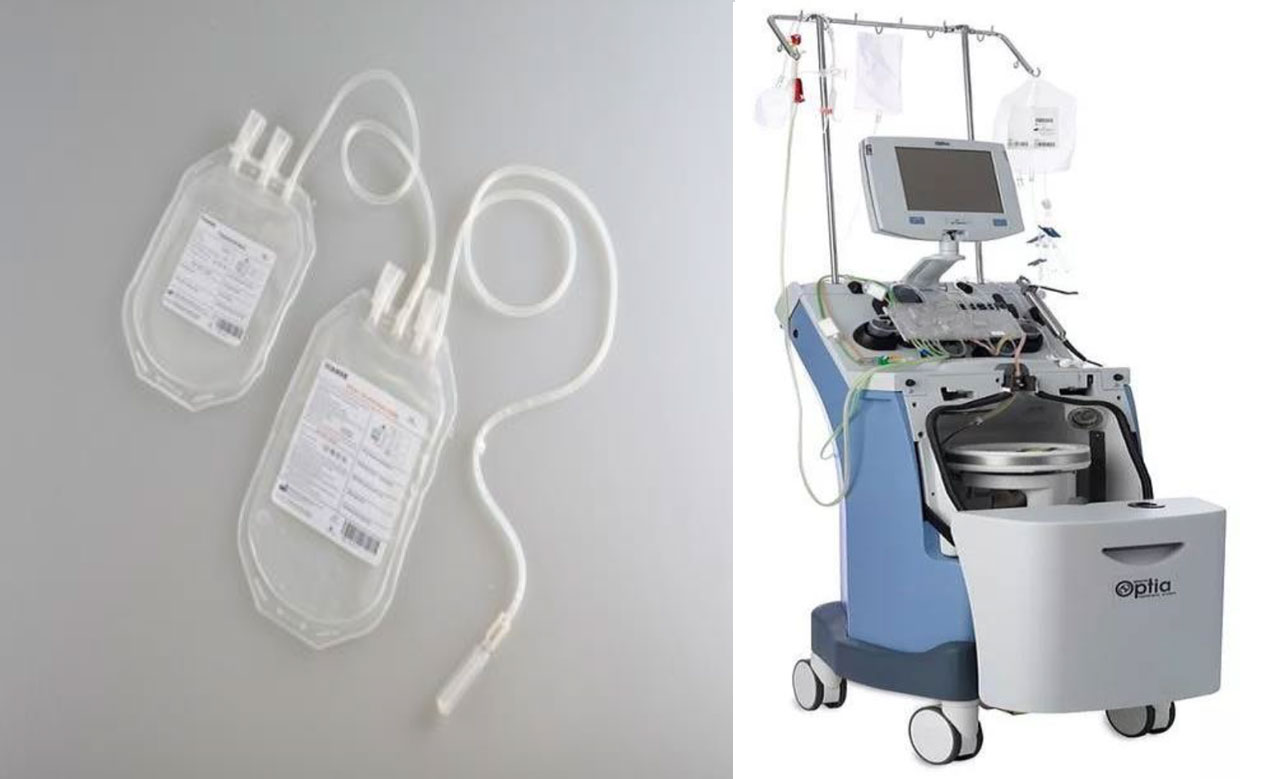
Now we have PVC lined blood bags and an apheresis system. (The technology which separates the desired component from the donor e.g., platelet-pheresis removes only the platelet from the donor. By this method, higher yield of platelet is possible and it gives immediate platelet recovery to the patients.)
Kauvery Regional Blood Centre
To fulfil the blood requirement, Kauvery has implemented its new project for patients’ welfare. Kauvery Regional Blood Centre now functions as the heart of healthcare for the hospital and for patients.
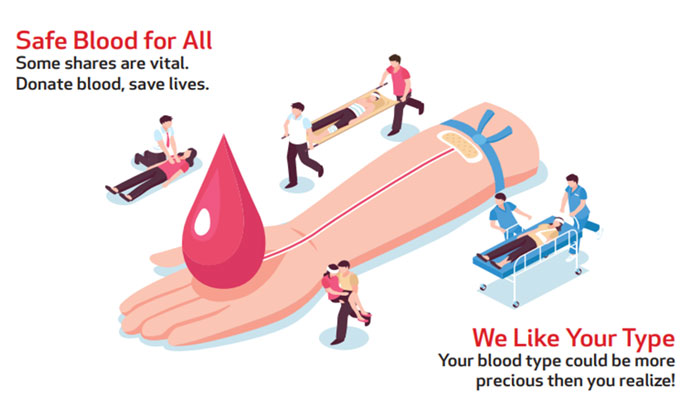
Who Can Give Blood?
Below are some basic eligibility guidelines:
- Age – 18-65 years old
- Weight – more than 45 kg
- Haemoglobin level > 12.5 g/dl
- Must be in good health at the time of donation
- Pulse – 60 to 100 beats/minute
- Blood pressure – systolic 100 to 140 and diastole of 60-90
Interval Between Two Donations
- In the case of whole blood donation, males should have a 3-month gap in between donations while for females it is a gap of 4 months.
- Apheresis Donation – Once platelet/plasma apheresis has concluded, there has to be a gap of at least 2 days. In this, there is a limit of twice a week and 24 times annually.
Donation Process
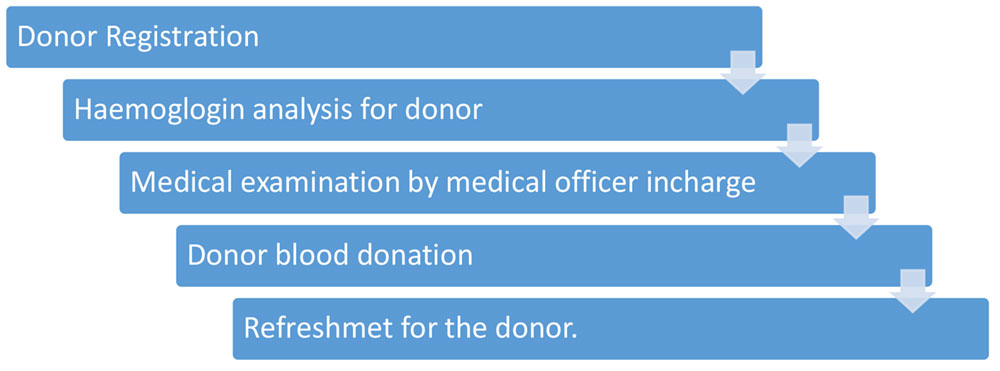
Save 3 Lives in One Donation
Single blood donation can save three lives. After donation, the donated blood unit is separated into 3 components – red blood cells, platelets and plasma by centrifugation process and can be issued to 3 different patients. One hour of your time in blood donation can give hope and save 3 lives.
Safety Techniques
From the time the donor enters the blood bank till the blood unit which was donated by the donor reaches the patient, a number of safety techniques (mentioned below) are followed for 100% donor safety and 100% patient safety.
Blood Collection:
A sterile single use needle is used during blood collection from the donor and the needle is discarded after usage.
Transfusion Transmitted Infection Screening:
ELISA/ChLIA Technique:
Collected blood units are tested for common transfusion-transmitted infections such as HIV, hepatitis B, hepatitis C, malaria and syphilis.
NAT (Nucleic Acid Testing):
NAT for HIV, hepatitis B and hepatitis C.
Screening for Irregular Antibodies:
All donor units are screened for irregular antibodies.
Safe Handling of Blood Units:
Blood component preparation happens in a closed system (0% contamination).
Quality Criteria:
All units tested are issued to the patient after quality control.
Cross-Matching Donor Unit with the Patient: Cross-matching is the procedure by which the unit of blood that is being issued to a patient is checked in the lab before issue for any unwanted cross reactions. By this, the blood bank ensures 100 % compatible blood to the patient.
Frequently Asked Questions
- What exactly is blood and what is the volume of blood in the body?
Ans: As we all know, blood is the red fluid that is constantly circulated in the body. The average volume of blood in the body is usually around 5-6 litres. Blood constitutes around 7% of the human body weight for an individual who is in good physical condition. - Of what is blood composed?
Ans: Blood is composed of a fluid component called plasma. This plasma has the red blood cells (RBCs), white blood cells (WBCs) and platelets. The function of plasma is nutrient transportation. The red blood cells are oxygen carriers while the white blood cells are responsible for the body’s immunity and the platelets are important for blood clotting. - What are blood groups?
Ans: For every person, there are two blood group types – the ABO and the Rh. The ABO is further subdivided into A, B, O and AB. Similarly, for Rh we have Rh-positive and Rh-negative. Hence, a person’s blood group can be A+ or A-, B+ or B-, O+ or O-, AB +or AB-. The positive or negative aspect is based on the Rh factor. - What is meant by one unit of blood?
Ans: Blood from donors is kept in a plastic bag with a liquid chemical that prevents it from thickening. Approximately 350-450 ml of blood is withdrawn from a blood donor. This is called one unit of blood. - Is all the collected blood tested?
Ans: Yes. All blood units are tested for HIV, hepatitis B, hepatitis C, syphilis and malaria. Only those units of blood are transfused which are free from these infectious markers. - Who can be called a healthy donor?
Ans: A person who is between 18-65 years in age with a minimum body weight of 45 kg having Hb of (or over) 12.5 gm% is considered a healthy donor. - Are there any special instructions for the donor ahead of blood donation?
Ans: There are no specific instructions. The donor should take meals at the appropriate time and keep himself/herself hydrated. - How long does it take to donate blood?
Ans: Trained and skilled personnel do the procedure and they take just 3-8 minutes. But the whole process from form filling to resting after donation can take around half an hour to 40 minutes. - What is the maximum storage time for the donated blood?
Ans: The storage time is 35 days when stored properly in CPDA anti-coagulant solution and kept at a temperature of 2-4 degree Celsius. - Can the various components of blood be segregated?
Ans: Yes, blood components can be segregated and used for different conditions. By this, we can treat many patients with just a unit of blood. After the introduction of cell-separator machines, just one single component can be separated and the rest of the blood components returned to the donor. - Is the blood donor’s health in anyway harmed while donating blood?
Ans: The answer to this is a resounding no! On the contrary, people feel happy and peaceful after voluntary blood donation. The blood donated is formed once again in 1-2 days. - Is any special diet required for a donor after giving blood?
Ans: Not really. A regular, healthy and balanced diet is sufficient. After the blood donation, the donor is given something to drink like milk, coffee, etc. along with a few biscuits or fruit. - When will the body replace the donated blood?
Ans: Plasma is replaced within a day while red blood cells can take anywhere between 4-8 weeks. - How often can a person donate blood?
Ans: Blood can be donated once in 3 months. - Can normal activities and work be resumed after blood donation?
Ans: Yes, all regular activities can be resumed after an initial rest period. However, it is best to wait for a few hours before indulging in intensive physical activity.
All across the world, 287,000 women lose their lives during pregnancy, delivery or after delivery – 99% of these women are from developing countries. Many of these lives can be saved if blood is made available. Need for blood increases day by day due to an increase in road traffic accidents, cancer diagnosis, chemotherapy, organ transplant and bone marrow transplant. Children with disorders like thalassaemia require blood transfusion once every 3 to 4 weeks. Kindly come forward – donate blood and save lives.
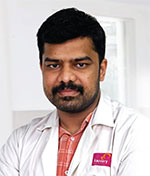
Dr. Sudesh C
Junior Consultant – Transfusion Medicine
Kauvery Hospital Chennai

